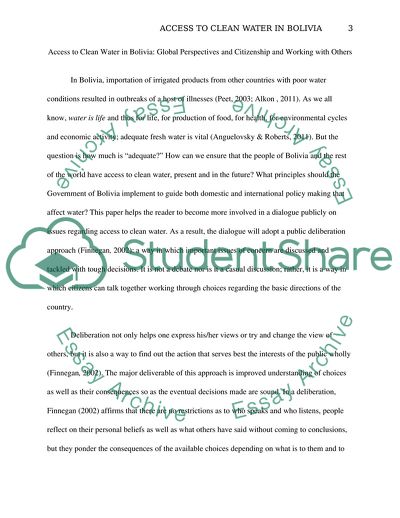Cite this document
(Access to Clean Water in Bolivia: Global Perspectives and Citizenship Term Paper, n.d.)
Access to Clean Water in Bolivia: Global Perspectives and Citizenship Term Paper. https://studentshare.org/environmental-studies/1787048-access-to-clean-water-eg-bolivia
Access to Clean Water in Bolivia: Global Perspectives and Citizenship Term Paper. https://studentshare.org/environmental-studies/1787048-access-to-clean-water-eg-bolivia
(Access to Clean Water in Bolivia: Global Perspectives and Citizenship Term Paper)
Access to Clean Water in Bolivia: Global Perspectives and Citizenship Term Paper. https://studentshare.org/environmental-studies/1787048-access-to-clean-water-eg-bolivia.
Access to Clean Water in Bolivia: Global Perspectives and Citizenship Term Paper. https://studentshare.org/environmental-studies/1787048-access-to-clean-water-eg-bolivia.
“Access to Clean Water in Bolivia: Global Perspectives and Citizenship Term Paper”. https://studentshare.org/environmental-studies/1787048-access-to-clean-water-eg-bolivia.


